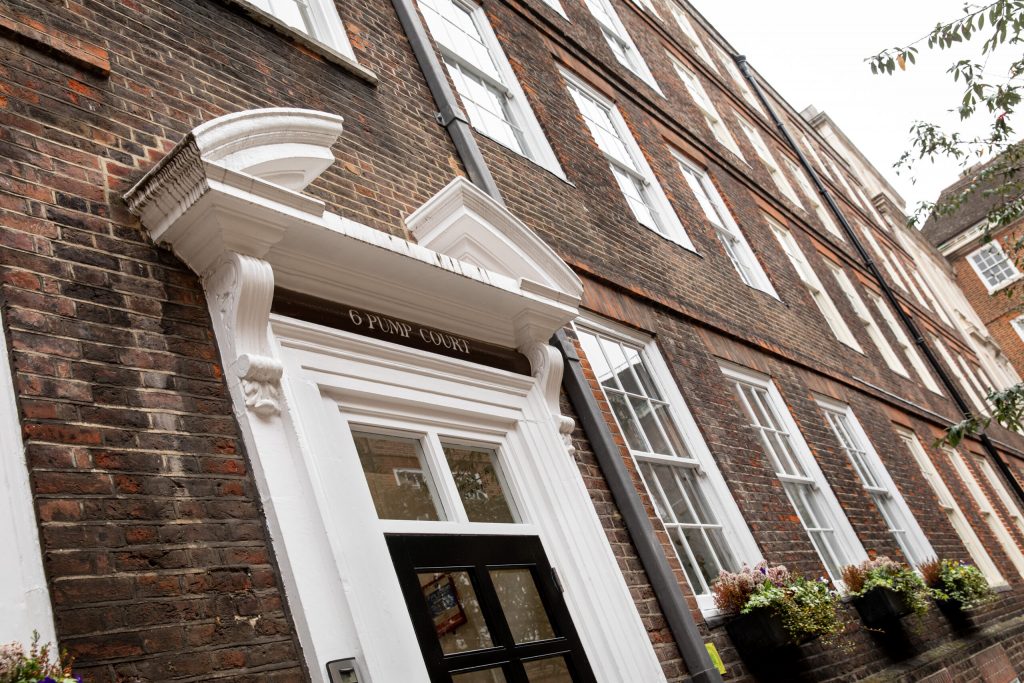Court rules that premises was not an HMO
January 18, 2019
Stuart Jessop has successfully represented a landlord in a prosecution by the London Borough of Camden under section 72 of the Housing Act 2004, alleging that the property was a house in multiple occupation, requiring to be licensed under part 2 of the Act but which was not so licensed.
The case was heard at Highbury Corner Magistrates’ Court by District Judge Rimmer as a preliminary issue under section 8A Magistrates Court Act 1980. Section 254 (4) (b) of the Housing Act 2004 provides that, amongst other criteria, a building will only be an HMO if it contains one or more units of living accommodation that do not consist of a self-contained flat or flats. A self-contained flat is defined in ss.41 (8) as meaning a “separate set of premises (whether or not on the same floor) – (a) which forms part of a building: (b) either the whole or material part of which lies above or below some other part of the building; and (c) in which all three basic amenities are available for the exclusive use of its occupants.
The premises contained two flats and it was accepted by both parties that the ground floor flat was self-contained. The defence case was that the upper floor flat was also self-contained and therefore that the building was not an HMO. The prosecution argued it was not self-contained and that therefore the building was an HMO. Therefore the only issue between the parties was whether one of the flats in the property was self-contained and therefore meaning that the premises was not an HMO. This flat had its bathroom facilities outside the door of the living accommodation but very near and accessible to it, and was separated from the downstairs flat by a flight of stairs. The London Borough of Camden, represented by Nicholas Grundy Q.C. argued that “self-contained” as defined in the Act means within the same curtilage or behind the same door as the living accommodation, i.e. ‘contained’, and that the word “separate”, as defined, means physically separate from other parts of the building. The prosecution case was therefore that the flat was not self-contained because the basic amenities were located outside the living accommodation, and therefore outside the flat. The defence argued that the section did not require the basic amenities to be configured within the boundary wall of the living accommodation. Ultimately, the District Judge agreed. The prosecution relied on the First Tier Tribunal decision in Windsor Properties v LB Camden to advance their argument. In that case the tribunal distinguished the facts from that dealt with in the Court of Appeal case of Cadogan Viscount Chelsea v McKirk (1997) 29 H.L.R. 294 which also ruled on the definition of a self-contained flat but under different legislation. In that decision Millet LJ said, “The question is one of fact and degree, and must largely be one of impression. The degree of proximity of any part of the premises which is not contiguous is likely to be decisive.” The District Judge rejected the prosecution’s contention that the flat was not self-contained and that the building was an HMO and therefore the prosecution failed.
Please click here for news coverage of the case.

